Pottermore Revealed: Unique “Online Reading Experience” says Rowling
 Harry Potter author J.K. Rowling announced this morning (video here) that she will be releasing
Harry Potter author J.K. Rowling announced this morning (video here) that she will be releasing
“something unique: an online reading experience unlike any other. It’s called Pottermore. It’s the same story, with a few crucial additions. The most important one is you. Just as the experience of reading requires that the imaginations of the author and reader work together to create the story, so Pottermore will be built in part by you, the reader. The digital generation will be able to enjoy a safe, online reading experience built around the Harry Potter books.“
She claims that this new website will include not only the ability to buy digital audiobook and e-book versions of the Potter series, but also that she will be directly involved with the community, revealing tidbits about the universe which she’s known for years but which never made it directly into the novels.
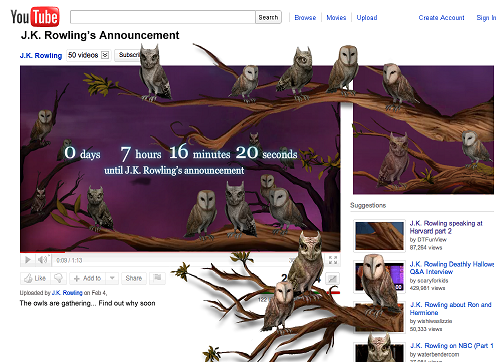 For about a week, rumors have been swirling across the internet about the exact nature of Pottermore, since Rowling established a website by that name and a mysterious countdown clock appeared on YouTube (shown below).
For about a week, rumors have been swirling across the internet about the exact nature of Pottermore, since Rowling established a website by that name and a mysterious countdown clock appeared on YouTube (shown below).
Speculations ran wild throughout the week, fueled by tantalizing clues, some of them intentional, such as an online Google Maps-based game, and some unintentional, like the discovery that Warner Bros. had registered the website for trademark as a “global information computer network.”
Rowling and her spokesmen have been quiet on the details, except to stay that it is definitely not a new novel set in the Harry Potter universe, but still some have wondered if it was the long-anticipated Harry Potter encyclopedia, which Rowling has hinted may someday be released for charity.
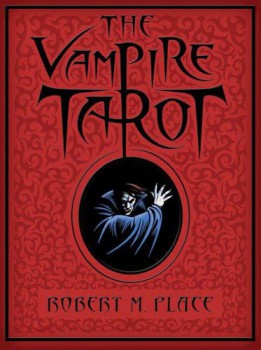 The Vampire Tarot
The Vampire Tarot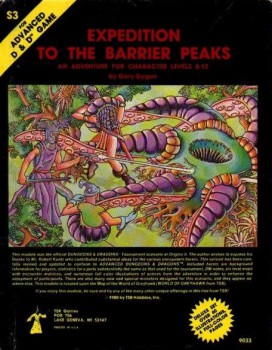

 I’m a nut about the trivia of dates, so the moment I heard about the birth of my second nephew, A. Dean Martin (yes, really), I had to look up the famous people who share his birthday of June 16. The list includes philosopher Adam Smith, legendary film comedian Stan Laurel, and Apache leader Geronimo. Oh, and some fellow named Murray Leinster.
I’m a nut about the trivia of dates, so the moment I heard about the birth of my second nephew, A. Dean Martin (yes, really), I had to look up the famous people who share his birthday of June 16. The list includes philosopher Adam Smith, legendary film comedian Stan Laurel, and Apache leader Geronimo. Oh, and some fellow named Murray Leinster.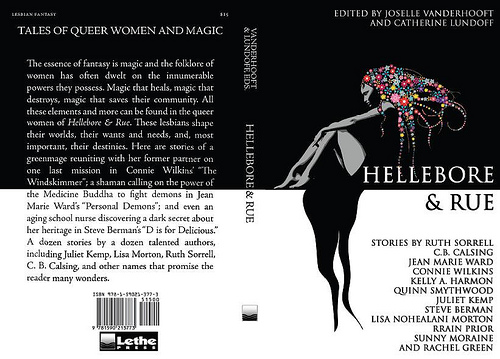 Hellebore & Rue: Tales of Queer Women and Magic
Hellebore & Rue: Tales of Queer Women and Magic As a good Shakespearean, Kenneth Branagh understands fantasy. I think the movie Thor succeeds mostly because of what he as a director brings to the film, and what he’s able to get out of his cast. What’s missing seems to be what the script doesn’t give him — a larger world, memorable supporting characters, and a willingness to engage with the matter of fantasy.
As a good Shakespearean, Kenneth Branagh understands fantasy. I think the movie Thor succeeds mostly because of what he as a director brings to the film, and what he’s able to get out of his cast. What’s missing seems to be what the script doesn’t give him — a larger world, memorable supporting characters, and a willingness to engage with the matter of fantasy.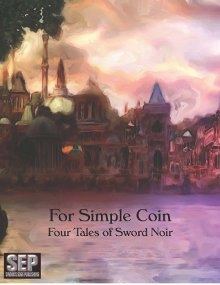
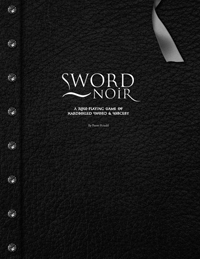
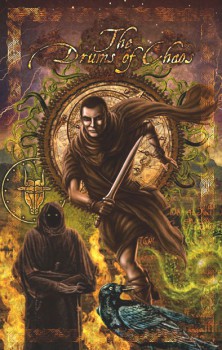 The Drums Of Chaos
The Drums Of Chaos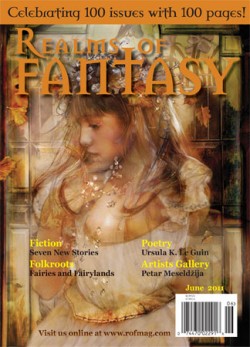 Congratulations to Realms of Fantasy on its 100th issue (which actually has 101 pages, but I guess the extra page is for good luck, and doesn’t make for quite the same alliterative headline), a notable accomplishment for a publication that has been brought back from the dead on several occasions. In fact, the magazine has had five publishers, with founding editor Shawna McCarthy the only person who has been there for the duration, according to the issue’s “Little Known Facts.” Fiction contributors include Leah Bobet, Josh Rountree and Samantha Henderson, Sharon Mock, Thea Hutchinson, Patrick Samphire, Euan Harvey and David D. Levine, as well as poetry by Ursula Le Guin and various art, book, gaming and movie reviews along with the regular Folkroots column by Theodora Gass. Here’s the complete
Congratulations to Realms of Fantasy on its 100th issue (which actually has 101 pages, but I guess the extra page is for good luck, and doesn’t make for quite the same alliterative headline), a notable accomplishment for a publication that has been brought back from the dead on several occasions. In fact, the magazine has had five publishers, with founding editor Shawna McCarthy the only person who has been there for the duration, according to the issue’s “Little Known Facts.” Fiction contributors include Leah Bobet, Josh Rountree and Samantha Henderson, Sharon Mock, Thea Hutchinson, Patrick Samphire, Euan Harvey and David D. Levine, as well as poetry by Ursula Le Guin and various art, book, gaming and movie reviews along with the regular Folkroots column by Theodora Gass. Here’s the complete 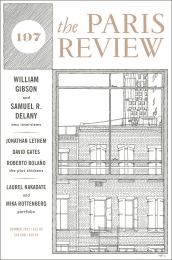 Tastemaker Central take particular pleasure in noting that the latter literary bastion has much of interest to the same people who read the bastion of fantasy genre tales (and perhaps vice versa?). The Summer 2011 features “Art of Fiction” interviews with Samuel R. Delany and William Gibson, as well as a story by Jonathan Lethem, “The Empty Room,” that’s available
Tastemaker Central take particular pleasure in noting that the latter literary bastion has much of interest to the same people who read the bastion of fantasy genre tales (and perhaps vice versa?). The Summer 2011 features “Art of Fiction” interviews with Samuel R. Delany and William Gibson, as well as a story by Jonathan Lethem, “The Empty Room,” that’s available